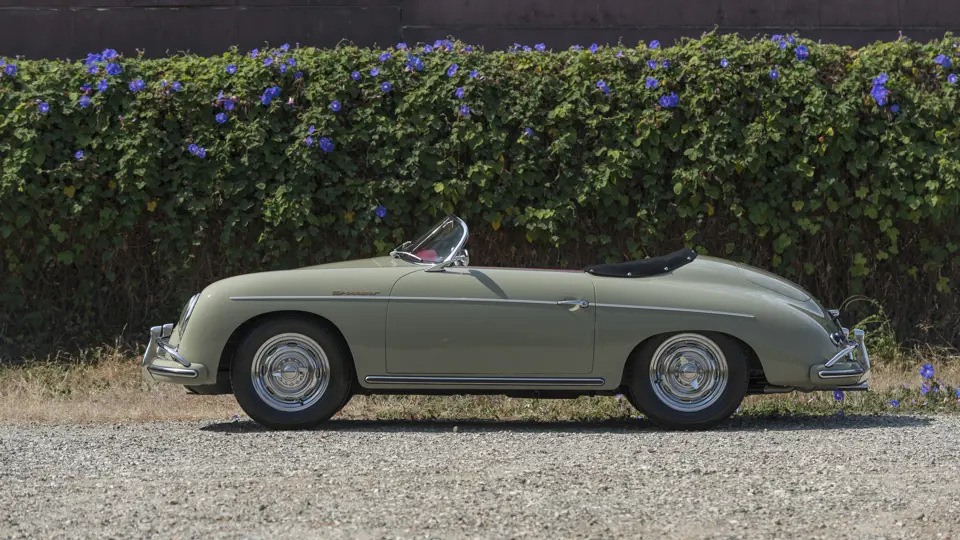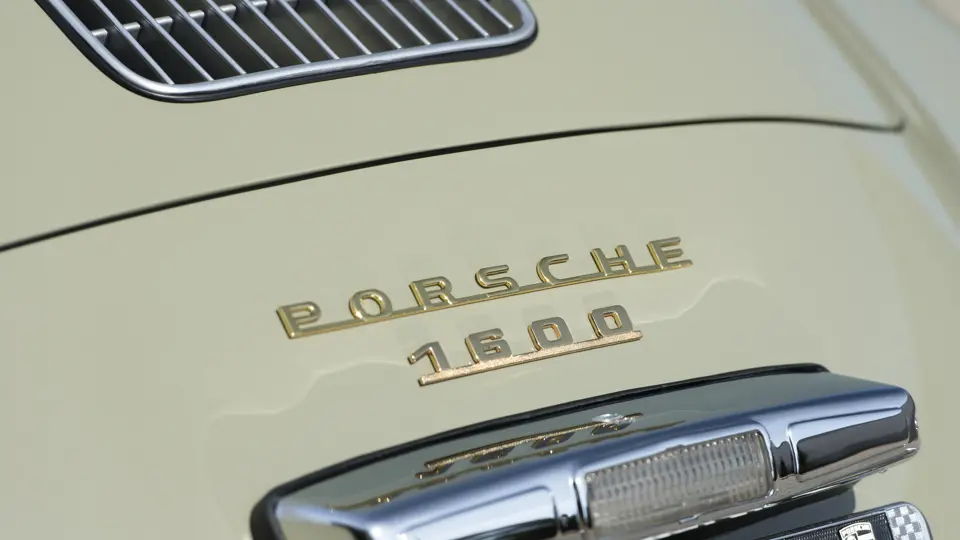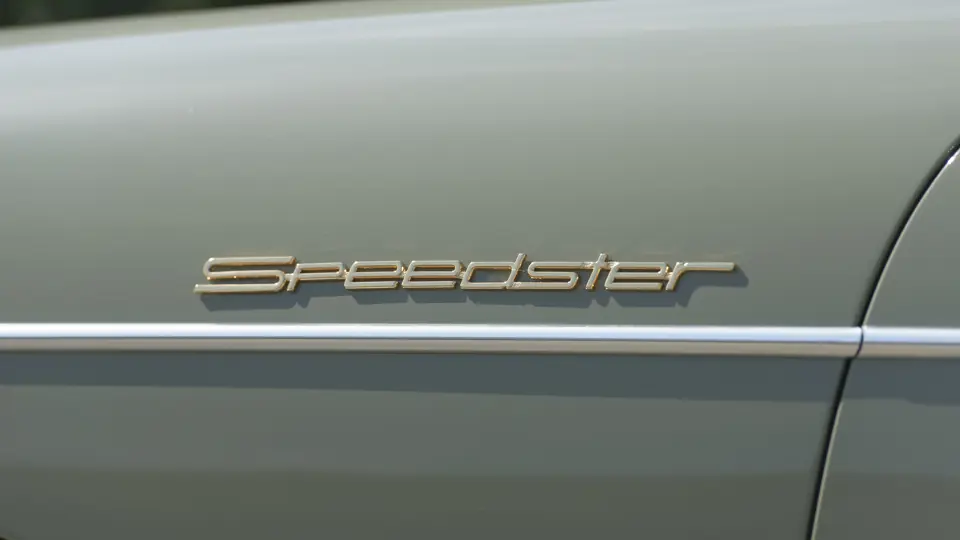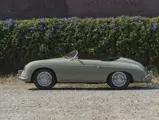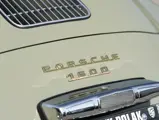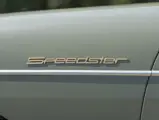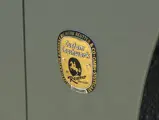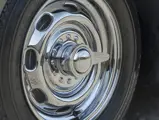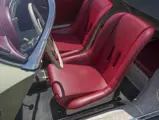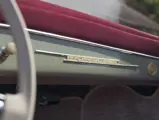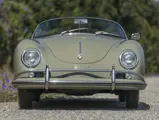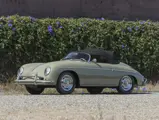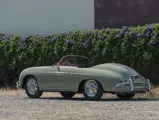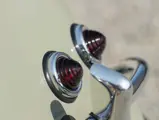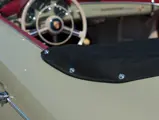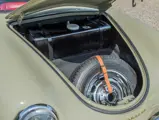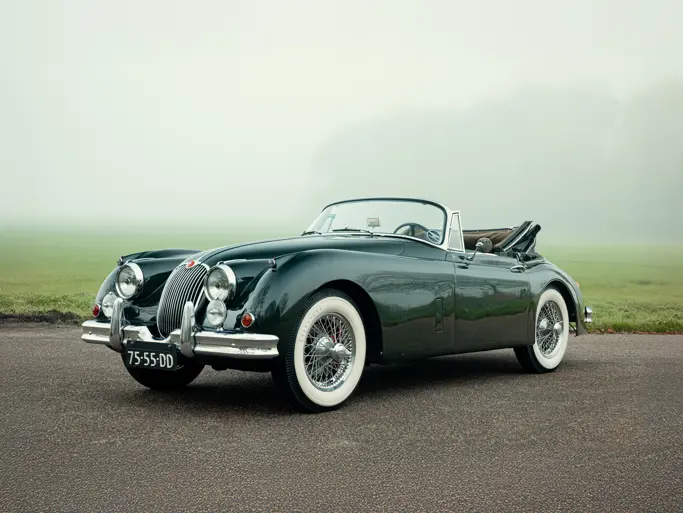60 hp, 1,582 cc OHV air-cooled horizontally opposed four-cylinder engine with dual Solex carburetors, four-speed manual transmission, independent front suspension with laminated torsion bars, parallel trailing arms, and tubular shock absorbers, independent rear swing axles with torsion bars and tubular shock absorbers, and four-wheel hydraulic drum brakes. Wheelbase: 82.7 in.
Porsche was looking to compete with the lower-cost British manufacturers in the United States in the mid-1950s, so they first introduced the 356 Speedster in 1954 at the urging of U.S. distributor Max Hoffman. Hoffman wanted a bare-bones roadster with a price of just under $3,000, in order to persuade the burgeoning sports car crowd that a Porsche would be a brilliant alternative to an MG, Triumph, Jaguar, or Morgan.
In comparison to the standard 356, the Speedster was very basic. It was fitted with side curtains instead of roll-up windows, a removable windshield, ventilated thin-shell non-reclining bucket seats, and little else. A true dual-purpose sports car, the Speedster was a car that its owners could drive through the week, take to the track on the weekends, win their class, and drive home afterwards. With excellent performance thanks to their lightweight nature, the Speedster was an instant hit.
According to its Porsche Certificate of Authenticity, chassis number 82852 was born as a 356 A 1600 Speedster and produced on December 21, 1956. Equipped with sealed beam headlights and U.S.-specification headlamps, the car was destined for the U.S. Not much is known about its early history, but it is known that the car has remained in California since at least 1971.
More recently, the car has completed a full restoration after living with the same owner since 1983 in Los Gatos, California, representing over three decades of single ownership! Work was performed by a marque specialist who brought the car back to concours standards. The car’s engine, transmission, suspension, brakes, and fuel and electrical systems were all fully disassembled and rebuilt to factory specifications. At this time, the car was refinished in a breathtaking and rare, period-correct color combination of Stone Gray over Red leather which contrasts beautifully over the set of five correct, date-coded chrome Rudge wheels
During its restoration, it was noted that all body panels are stamped with the last three digits of the car’s chassis number, confirming that they are all original to the car. Additionally, the engine and transmission are confirmed to be original according to the car’s Porsche Certificate of Authenticity. Furthermore, the car is accompanied by a correct set of books and tools, as well as photographs documenting the restoration.
One of Porsche’s most iconic and celebrated models, the Speedster is near and dear to the hearts of many Porsche enthusiasts, not only for its looks and performance but also for its historical importance as the car that introduced many Americans to the marque. The example presented here, finished in a brilliant color scheme following its painstaking restoration to concours standards, would be perfect for Porsche Club of America events and would certainly garner lots of attention anywhere it goes.
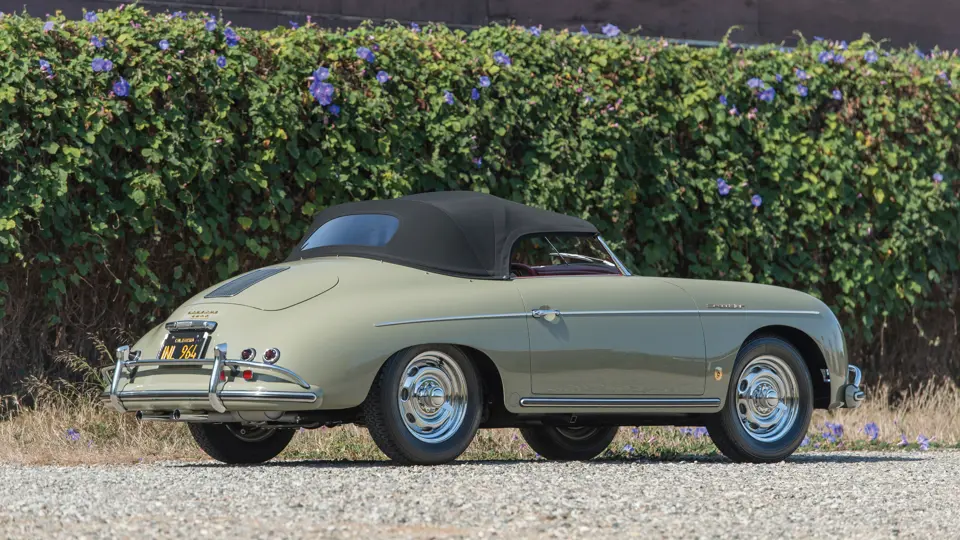



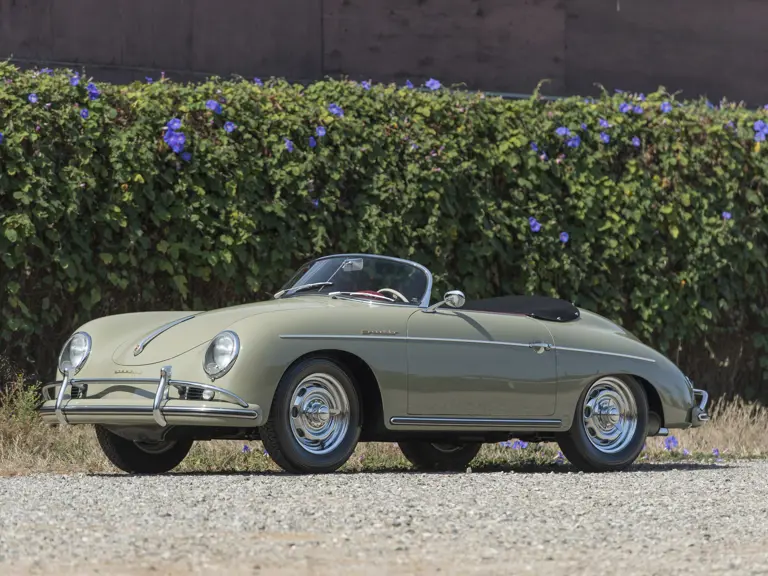
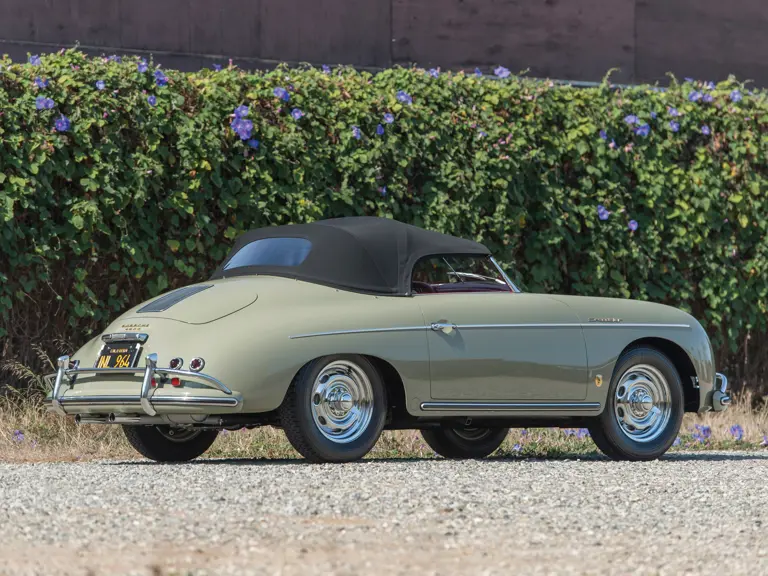
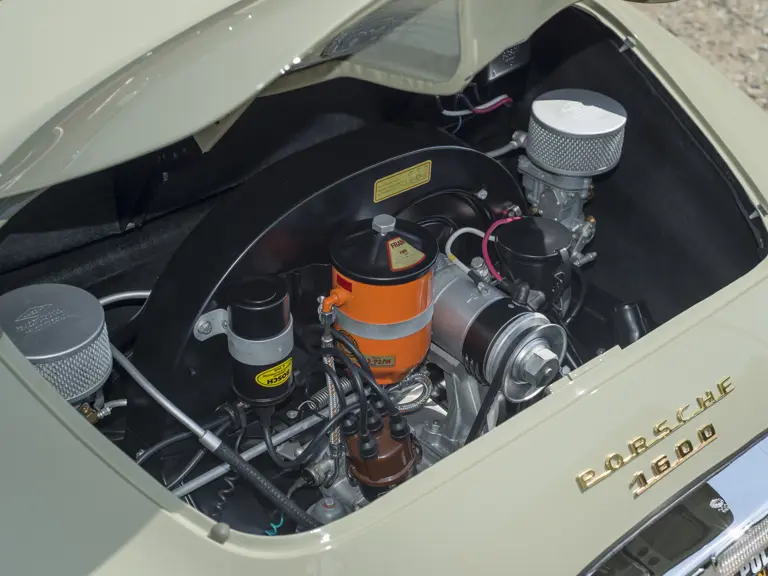
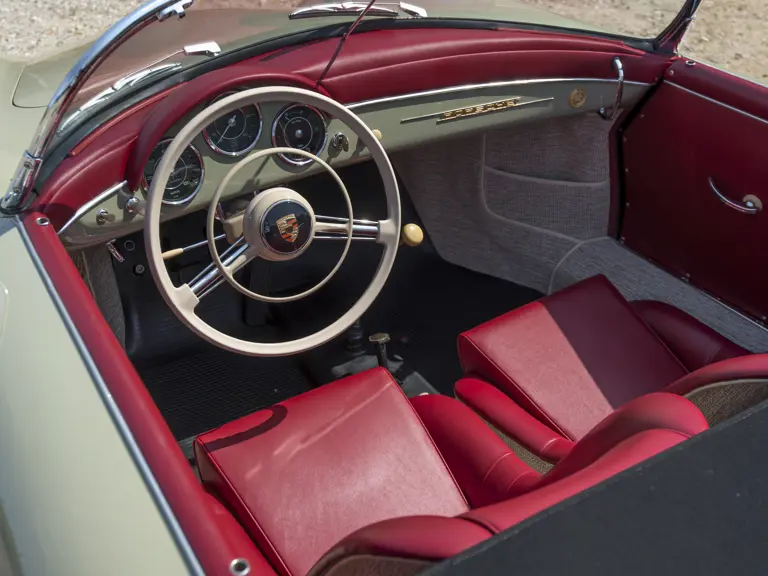
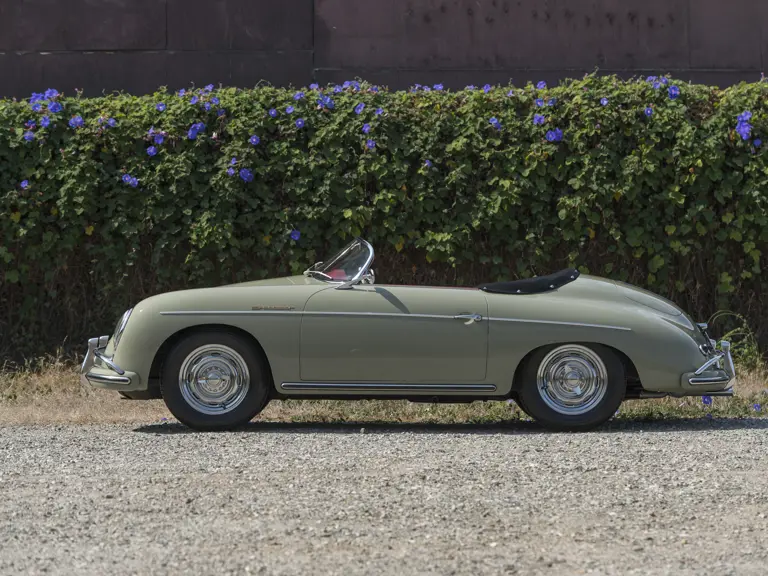

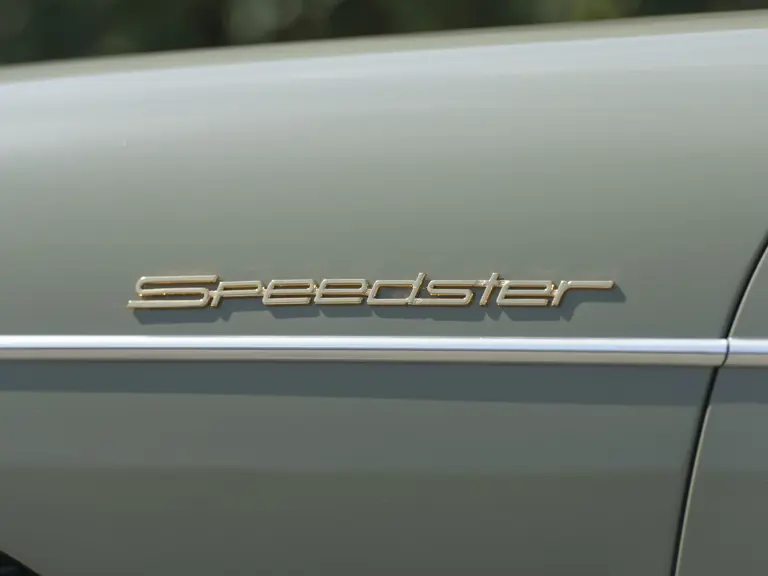
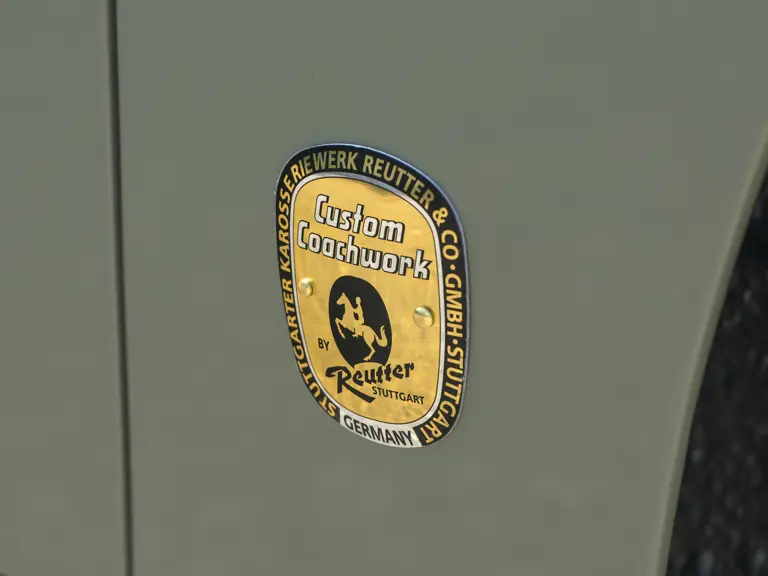
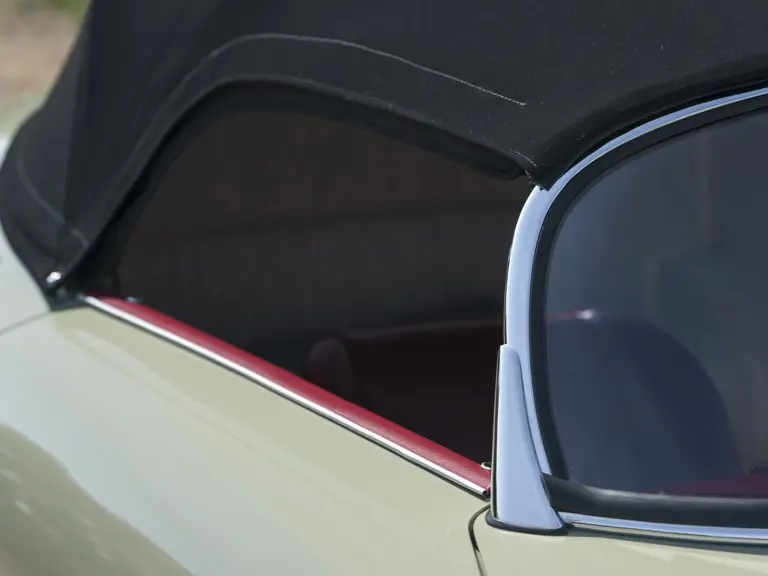
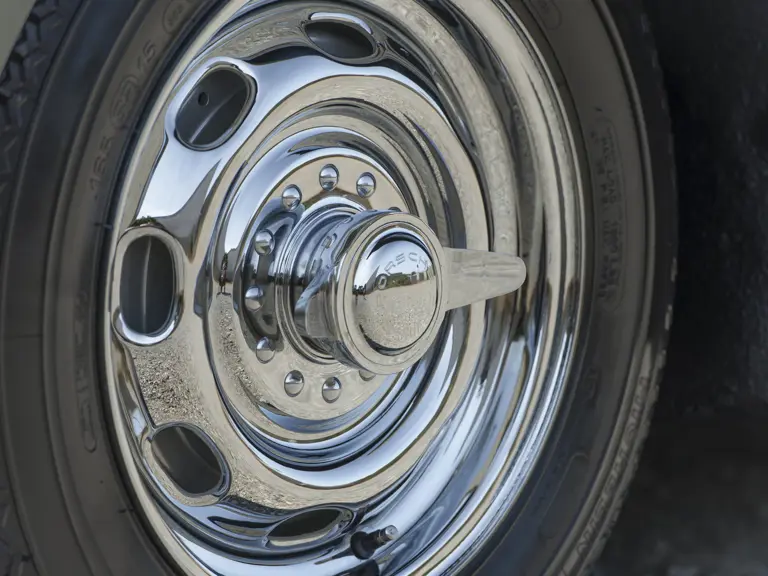

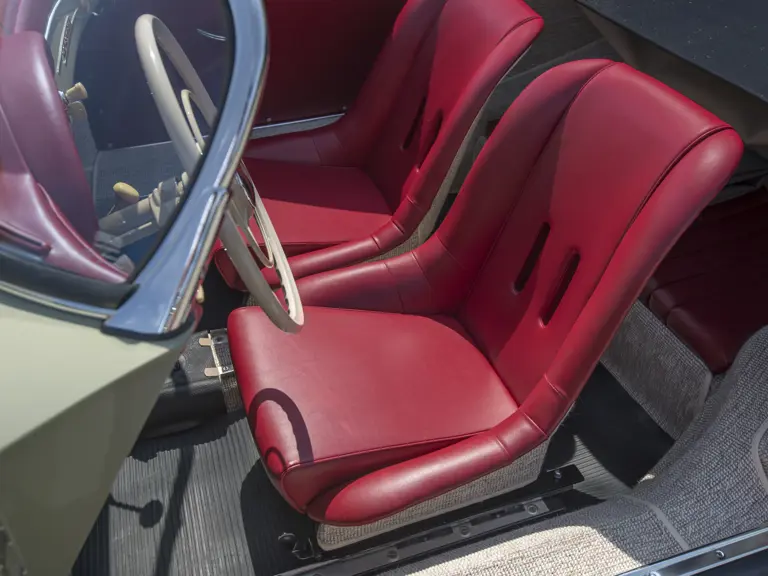
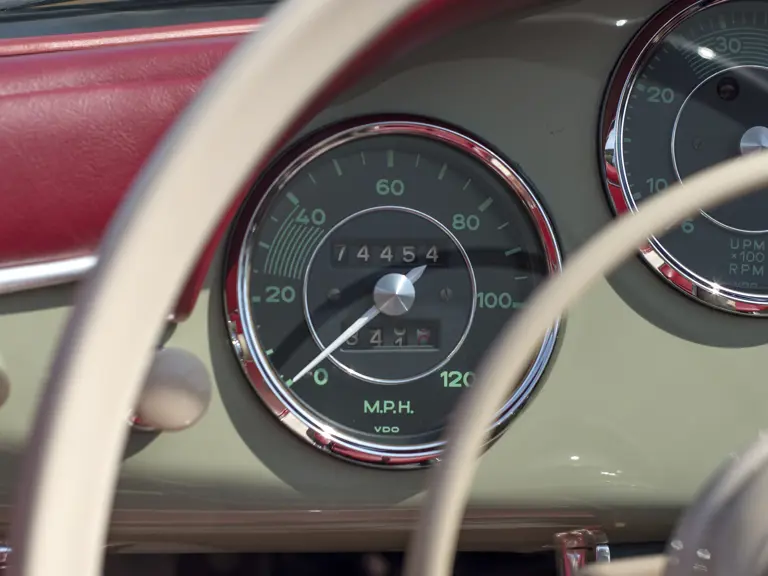
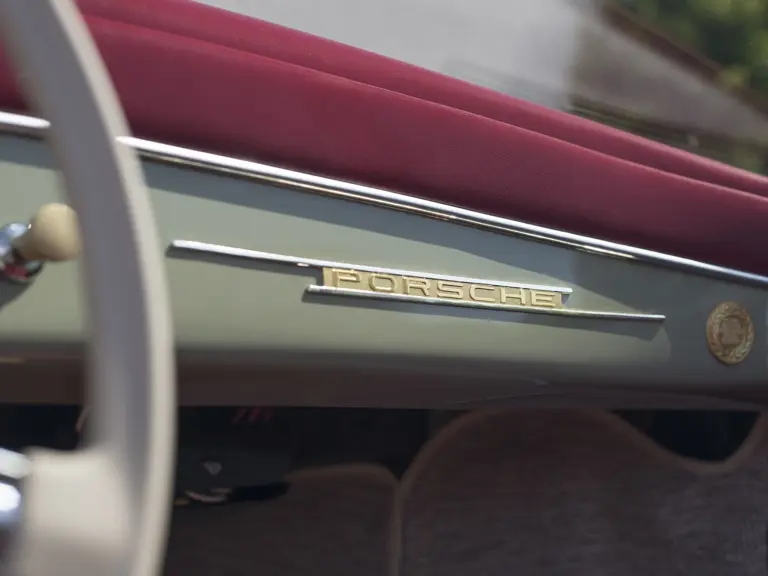
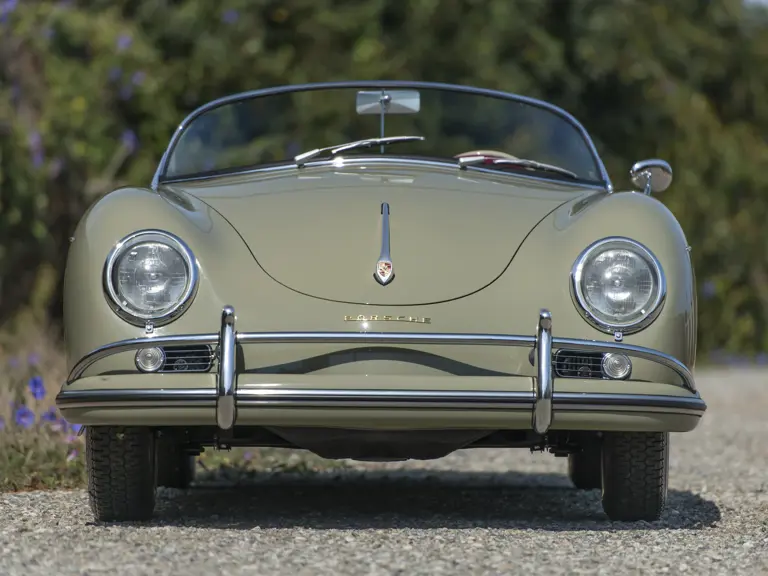
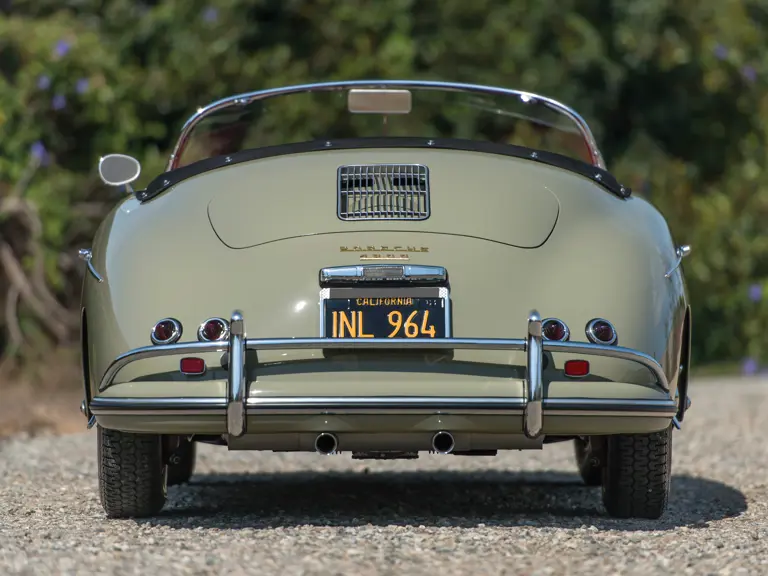
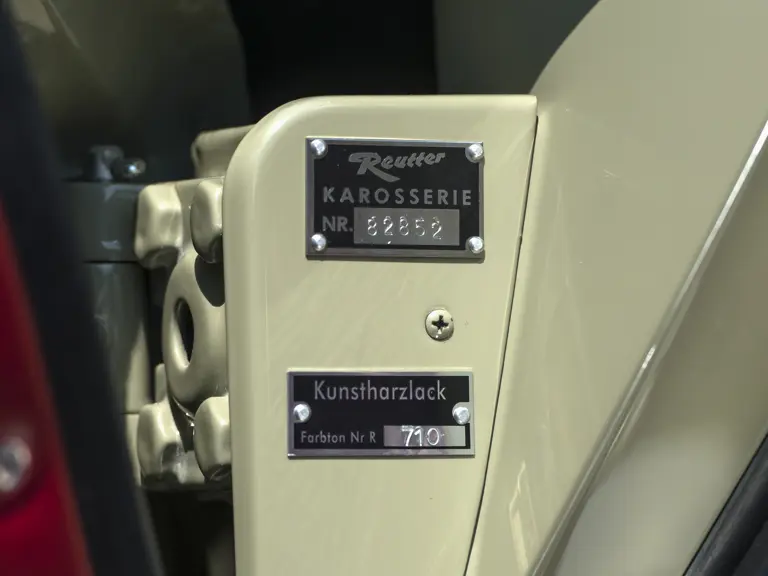

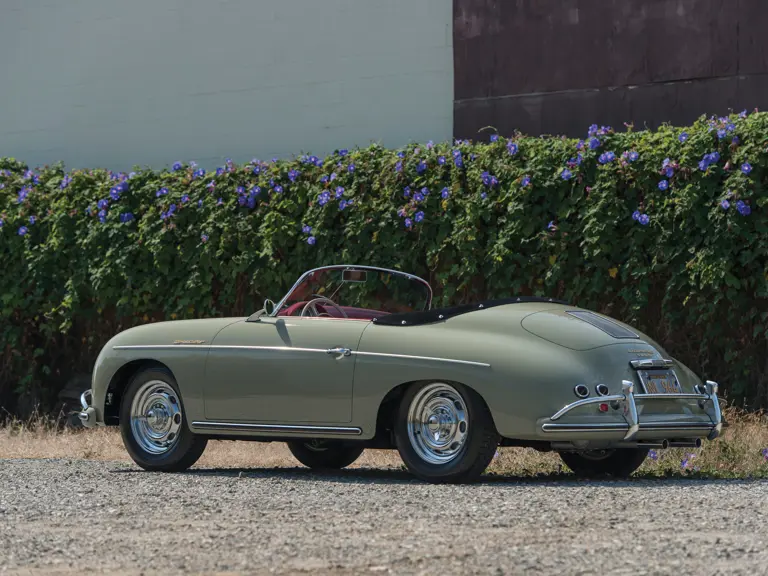
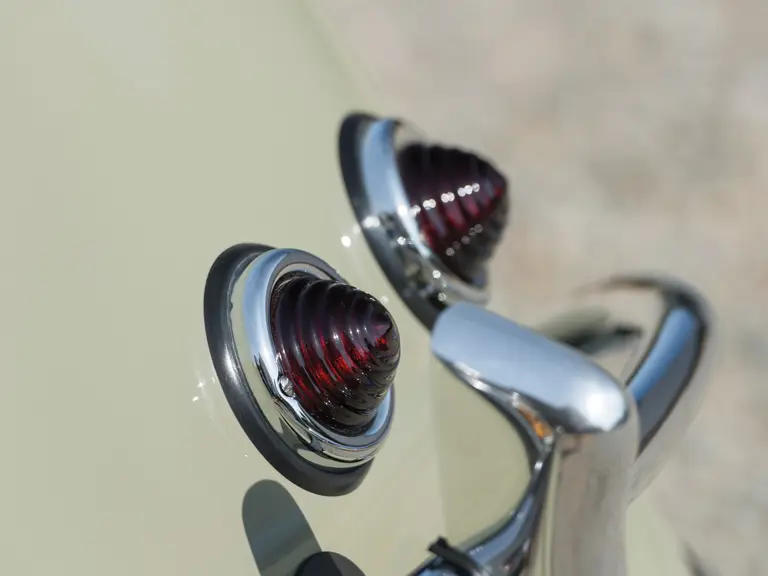

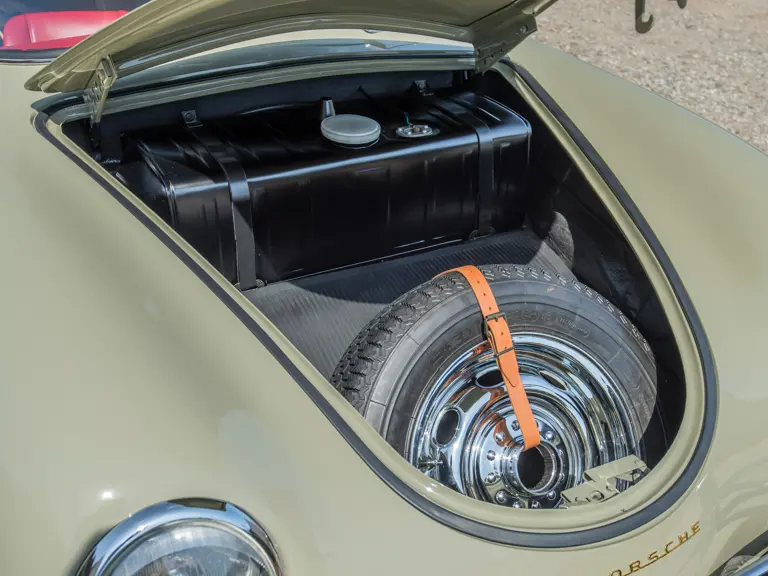
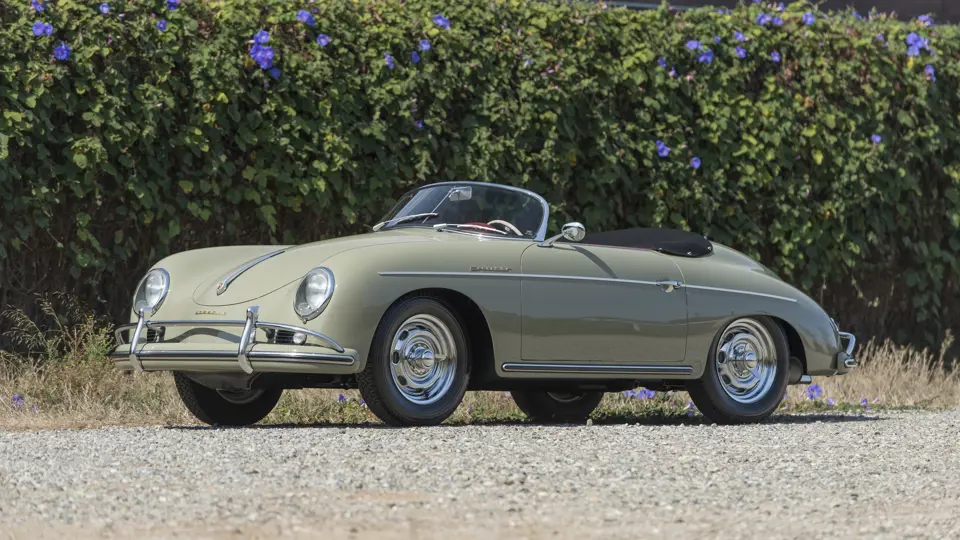
 | Monterey, California
| Monterey, California
